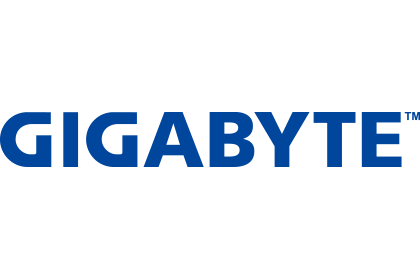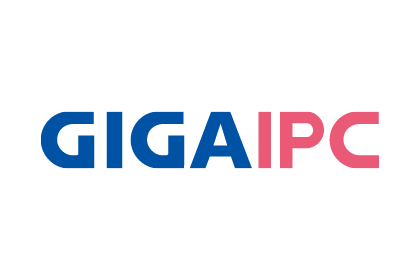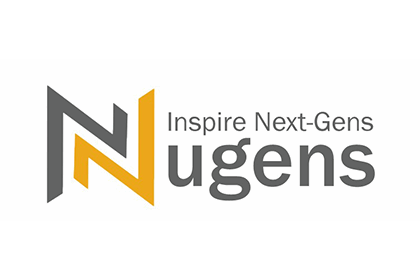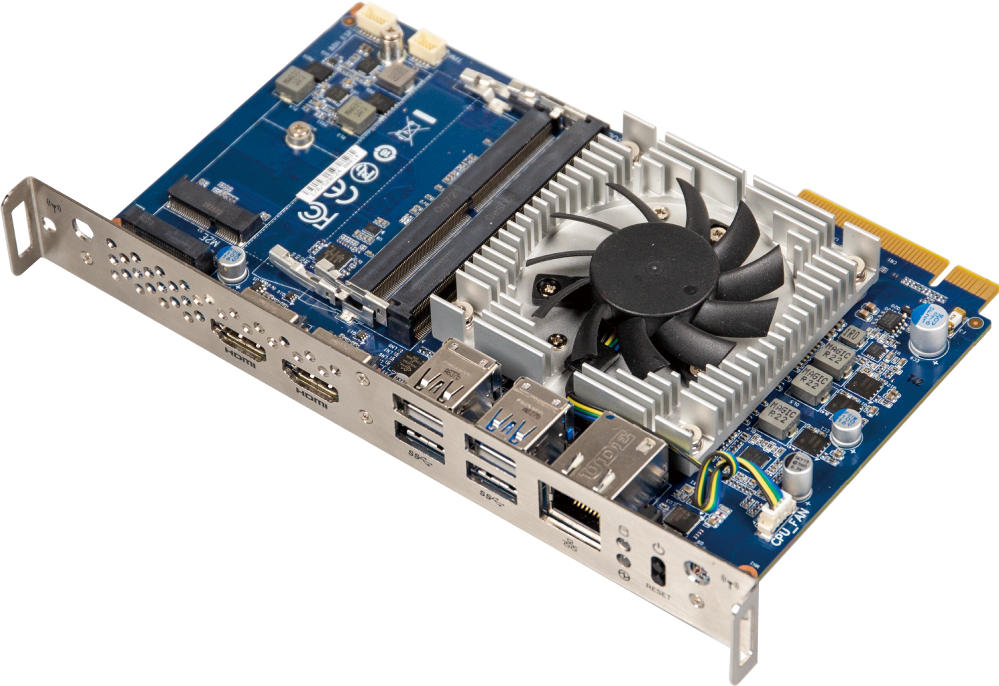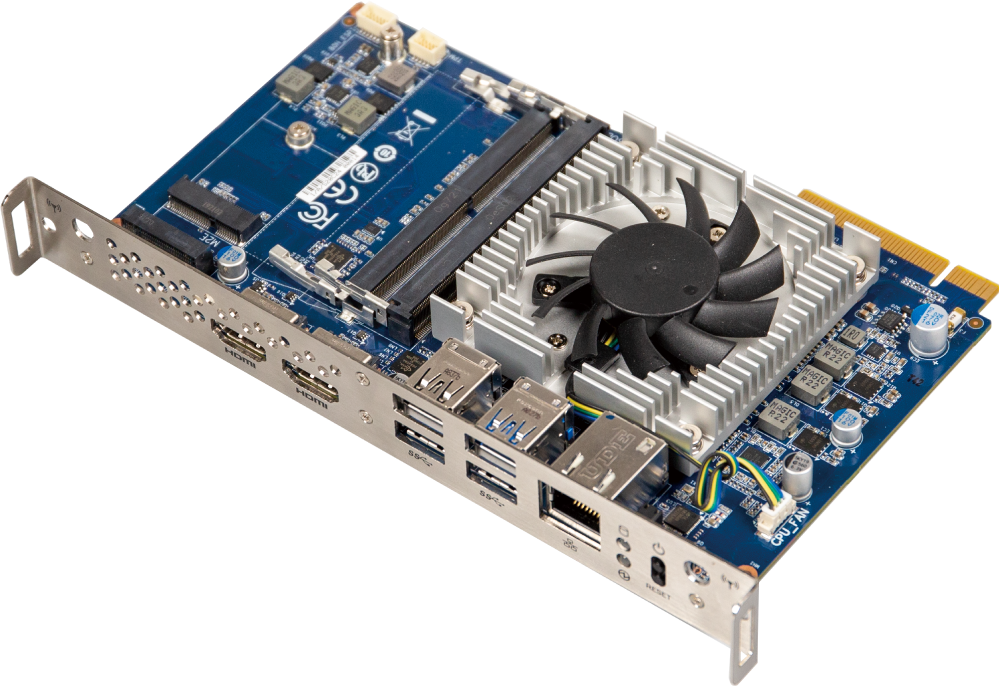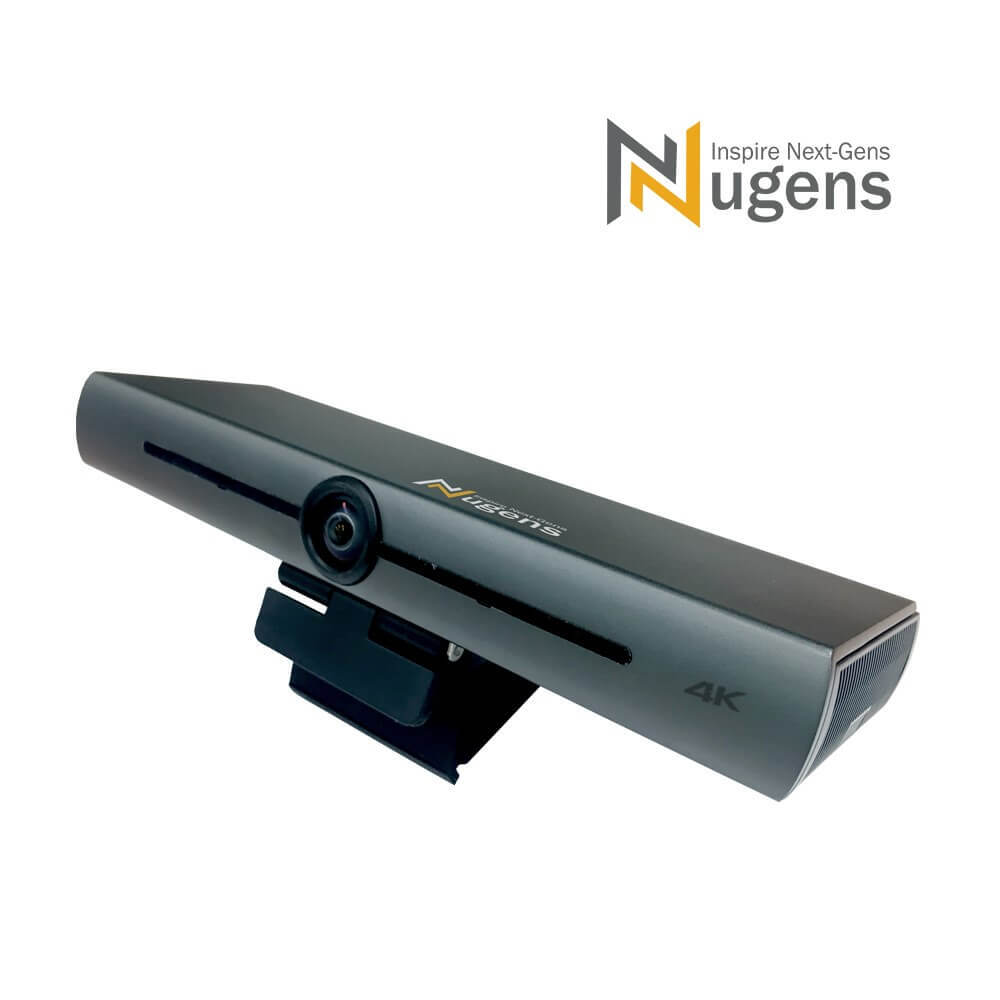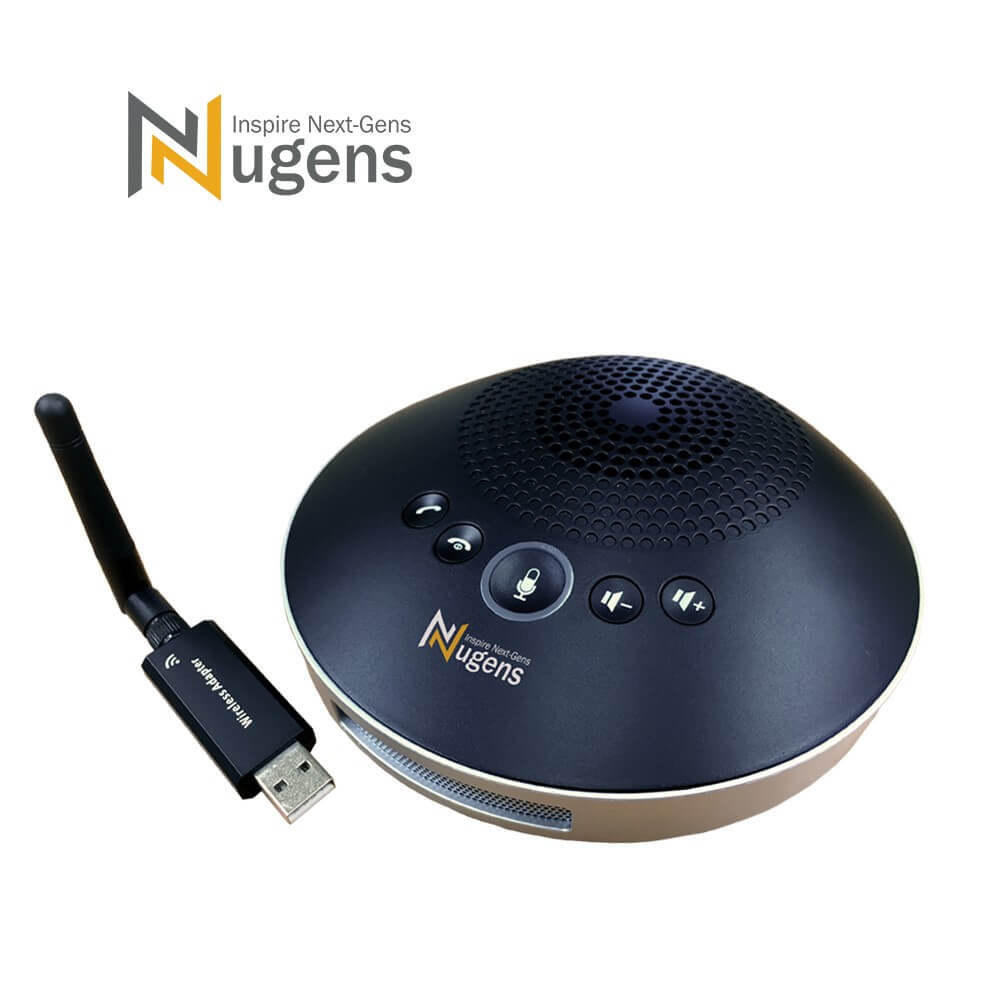Introduction
GIGABYTE Smart Whiteboard integrates GIGAIPC Smart Display Module (SDM) to create an intelligent whiteboard. Meeting members will feel encouraged to collaborate information using graphics and on-screen handwriting. Meeting attendees can access files, annotate content and share documents through this solution. The end result is a more productive meeting and brainstorming session.
Wherever You Can Do with Smart Whiteboard
What Difficulties Do We Find With Traditional Meeting Equipment?
・Meeting rooms are not available, so people have to squeeze together at a desk to look at a small laptop screen for discussion.
・Team members gather into a meeting room only to find out the projector is not working.
・Projector works fine, but the VGA or HDMI cable is missing or broken.
・VGA or HDMI cable is found, but it's too short to pass them around from one side of the meeting table to the other side.
・The projector can only display what is on one laptop screen at a time. Team members need to take turns to share information.
・Only one person can do the meeting minutes or revise what was just corrected word by word, but no one can guarantee that something won't be missed.
・Traditional whiteboards have a limited amount of space and some things will be left out.
・A "DO NOT ERASE" note on traditional whiteboard can be a nuisance to others that need to use it.
As technologies on smart modules and touch screen are advanced, GIGABYTE Smart Whiteboard offers a flexible offering to enhance employees and customers' communication and collaboration.
Smart Whiteboard for Enterprise
Quick Deployment
Smart Digital Module (SDM) is pre-installed with Windows. It's inserted in the touch panel and ready to use.
Real-Time Interaction
Suitable for Online-to-Offline meetings with audio and video peripherals connected.
Multi-user capability
Users access files and edit contents, hardwriting and graphics at the same time when they are in different physical places.
Massive Device Collaboration
Users connect Smart Whiteboard to desktop, notebook or even smart devices, such as IOS and Android with a single application.
Economic Feasibility
Easy for maintenance and system upgrade by switching new version of SDM to save costs.
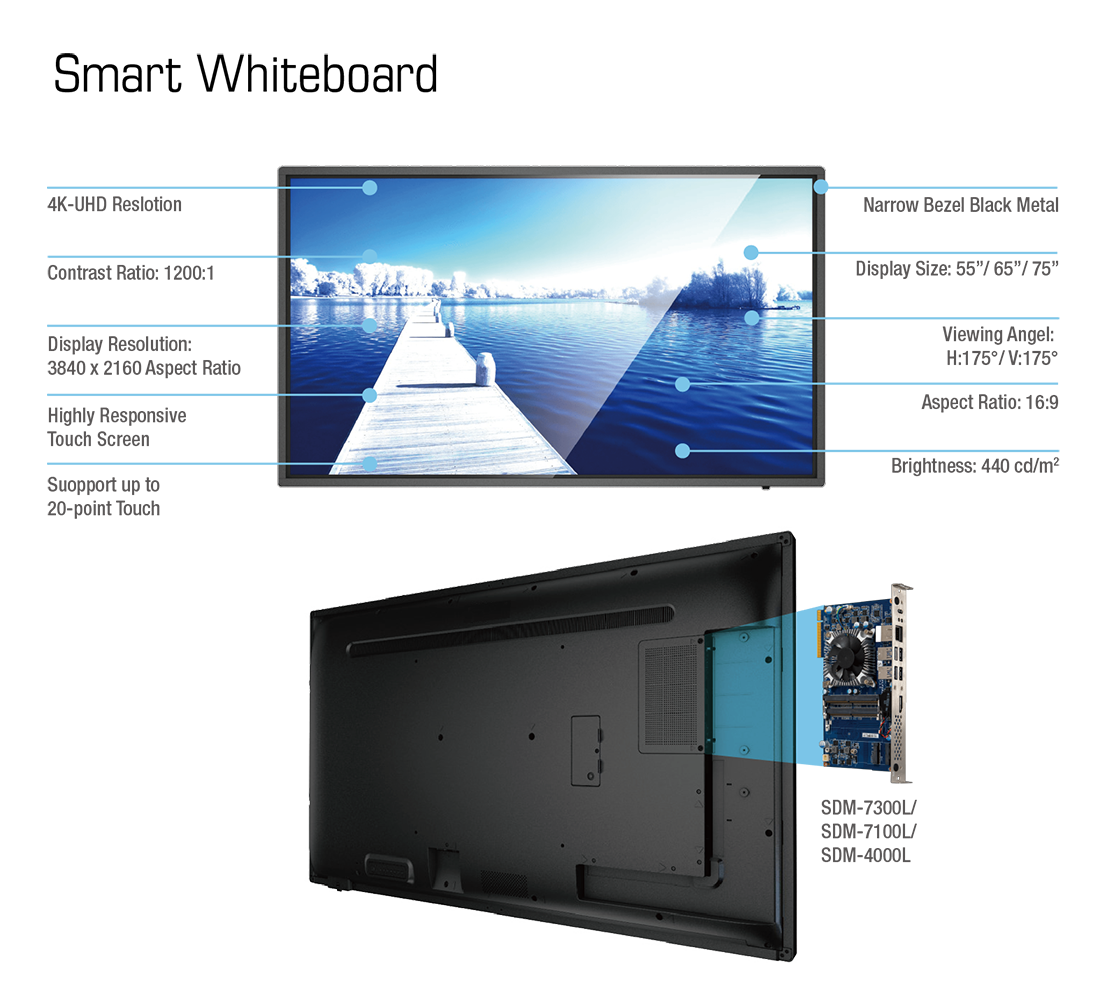
Smart Display Module (SDM) : Compact Size but Powerful Performance
As the display panels in the market keep getting thinner, a slim computing module is a necessity for an all-in-one display solution. Smart Display Module (SDM), a form factor defined by Intel®, is the next generation of display hardware solution that delivers the same level of intelligence and interoperability as the Open Pluggable Specification (OPS), yet the housing is only a 1/3 of the size. GIGAIPC SDM series, supported by Intel® Celeron® N4000 to Core™ i3/i5 processors, is designed for low power consumption, which significantly improves longevity and high computing performance and stability.
With the dimensions of 175mm x 100mm, SDM is designed and built-in a thin client or PC box, but also acts as a standalone module with Windows or Linux operating systems preinstalled for users to "plug-and-play". It is also a convenience for system upgrades and ease of maintenance. It offers multiple I/O interfaces to be connected with various devices based on users' needs, and supports dual independent display outputs of 1 x HDMI and 1 x Display Port. It delivers 4K Ultra HD resolution for eye-catching video content used on multi-screen digital signage. In addition, it incorporates high-speed PCIe connectivity with expansion slots that eliminate the need for external I/O devices. With the benefits and advantages of SDM, GIGABYTE has an incredible product in the GIGABYTE Smart Whiteboard.
GIGABYTE is cooperating with NUGENS, a multimedia accessory brand company in Taiwan, to provide auto-framing conference camera and USB 2.4G Dual-Mode Conference Speakerphone as advanced conferencing gadgets for corporate users to select as optional kits, to help them build an ideal conference room in the office.
With the dimensions of 175mm x 100mm, SDM is designed and built-in a thin client or PC box, but also acts as a standalone module with Windows or Linux operating systems preinstalled for users to "plug-and-play". It is also a convenience for system upgrades and ease of maintenance. It offers multiple I/O interfaces to be connected with various devices based on users' needs, and supports dual independent display outputs of 1 x HDMI and 1 x Display Port. It delivers 4K Ultra HD resolution for eye-catching video content used on multi-screen digital signage. In addition, it incorporates high-speed PCIe connectivity with expansion slots that eliminate the need for external I/O devices. With the benefits and advantages of SDM, GIGABYTE has an incredible product in the GIGABYTE Smart Whiteboard.
Accessories for Conferencing Environment
GIGABYTE is cooperating with NUGENS, a multimedia accessory brand company in Taiwan, to provide auto-framing conference camera and USB 2.4G Dual-Mode Conference Speakerphone as advanced conferencing gadgets for corporate users to select as optional kits, to help them build an ideal conference room in the office.


